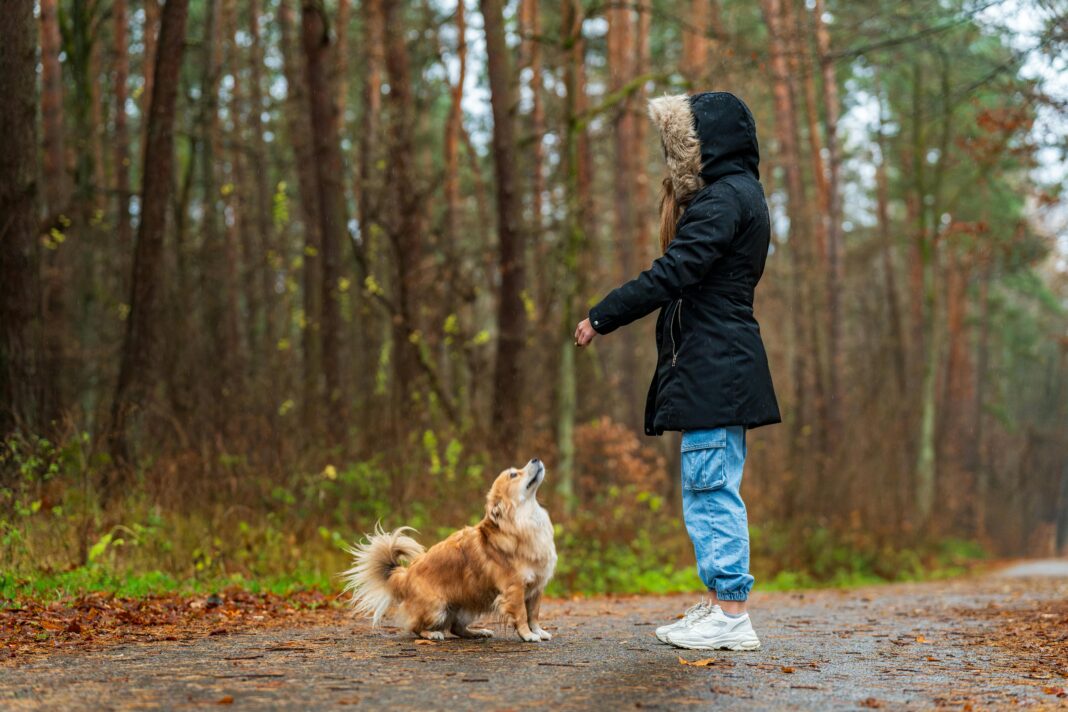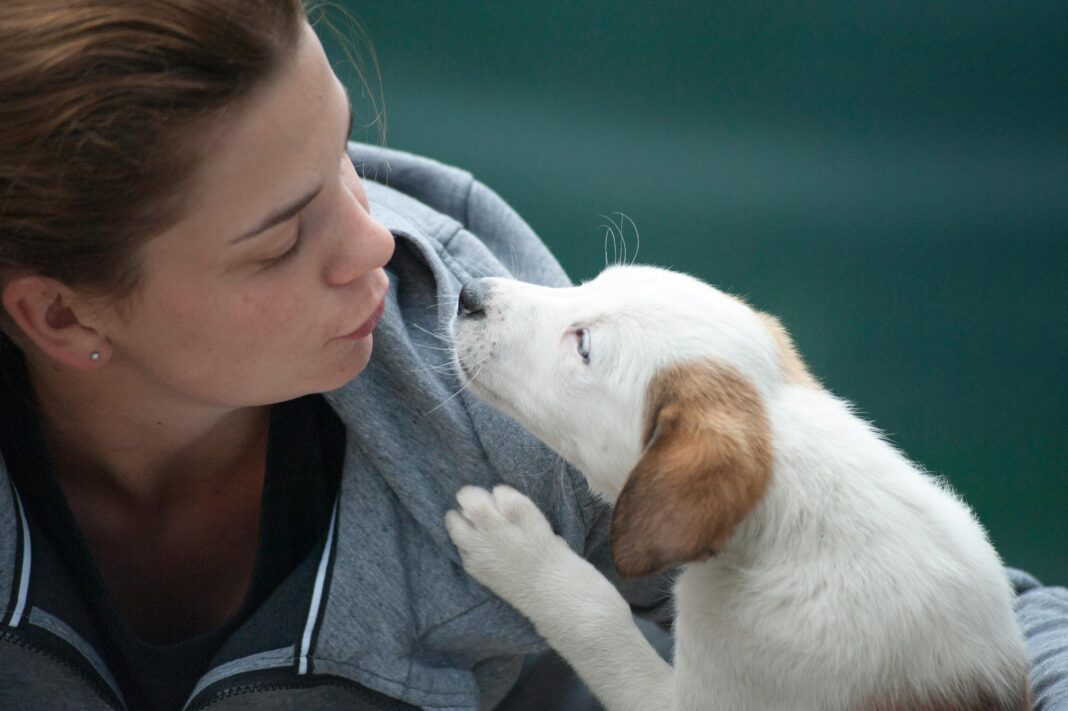Training your pet doesn’t just enhance their behavior; it also strengthens the bond between you and your furry friend. Positive reinforcement training is a method that focuses on rewarding desirable behaviors, making it an effective approach for both pets and humans alike. In this article, we’ll explore the benefits of positive reinforcement training, how it works, and practical tips for pet owners.
What is Positive Reinforcement Training?
Positive reinforcement training is a technique that encourages good behavior by rewarding pets when they exhibit desirable actions. This method contrasts with traditional training techniques that may rely on punishment or negative reinforcement. Instead of scolding or correcting bad behavior, positive reinforcement aims to teach through rewards, such as treats, praise, or playtime.
Key Principles of Positive Reinforcement
-
- Timing: Immediate rewards help pets associate the behavior with the resulting reward, making it more likely they will repeat the action.
-
- Consistency: Regularly rewarding good behavior creates a reliable structure that pets can learn and understand.
-
- Variety: Different pets respond to different types of rewards. Some may prefer treats, while others may thrive on verbal praise or physical affection.
Benefits of Positive Reinforcement Training
The advantages of using positive reinforcement training extend beyond just improved obedience. Here are some notable benefits:
Enhances the Human-Animal Bond
Using positive reinforcement strengthens your relationship with your pet. When you engage in training sessions, you create opportunities for interaction, fostering trust and affection.
Reduces Anxiety and Fear
Pets trained through positive reinforcement typically exhibit lower anxiety levels and are less likely to fear training sessions or their owners. This approach is particularly beneficial for rescues or pets with previous trauma.
Promotes Learning
Research shows that positive reinforcement enhances pets’ ability to learn new commands and tricks more effectively than methods employing negativity.
Practical Applications of Positive Reinforcement Training
Basic Commands
Starting with basic commands like “sit,” “stay,” or “come” is an excellent way to introduce positive reinforcement to your pet.
-
- Example: To teach “sit,” hold a treat above your pet’s nose and slowly move it back over their head. As they rear up to follow the treat, their butt will lower into a sitting position. As soon as they do, reward them with the treat and praise.
Behavioral Adjustments
Positive reinforcement can also mitigate undesired behaviors, such as jumping on guests or chewing furniture.
-
- Example: If your dog tends to jump on people, reward them for staying calm and sitting when guests arrive. This reinforces calm behavior rather than aggression or excitement.
Complex Tricks
Once your pet masters basic commands, you can challenge them with more complex tricks, enhancing their skill set.
-
- Example: Teaching your dog to roll over can be accomplished by first teaching them to lie down. Use a treat to guide them through the rolling motion, and reward them for each step toward the final behavior.
Overcoming Challenges in Training
While positive reinforcement training is effective, challenges may arise during the training process. Here are some common hurdles and tips to overcome them:
Distracting Environments
Pet training can be difficult in a distracting environment. Choose a quiet space with minimal distractions when starting your training sessions. Gradually introduce distractions as your pet becomes more adept at following commands.
Lack of Motivation
If your pet isn’t motivated to participate, experiment with different types of rewards to find what resonates with them. High-value treats, fun toys, or engaging playtime can often ignite their enthusiasm.
Stubbornness
Some pets may take longer than others to respond to training. Be patient and remember that consistency is key. Revisit previous lessons and incorporate fun variations to keep your pet engaged.
Tips for Effective Positive Reinforcement Training
-
- Short Sessions: Keep training sessions brief (10-15 minutes) to maintain your pet’s attention and enthusiasm.
-
- Use Clear Commands: Ensure your verbal commands are distinct and consistent to avoid confusing your pet.
-
- Celebrate Progress: Celebrate small victories! Every step in the right direction counts, bolstering your pet’s confidence and motivation.
-
- Involve Family Members: Encourage family participation in training to ensure everyone is on the same page and to enhance your pet’s exposure to different people.
-
- Adapt for Individual Needs: Remember that each pet is unique. Tailor your training methods to suit your pet’s personality, breed, and prior experiences.
Resources for Further Learning
There are numerous resources available for pet owners eager to dive deeper into positive reinforcement training. Here are a few options:
-
- Books: Look for titles dedicated to positive reinforcement techniques by reputable trainers.
-
- Online Courses: Many experienced trainers offer online courses covering various aspects of pet training.
-
- Local Classes: Consider enrolling in a local training class where you can learn hands-on techniques and meet other pet owners.
Through positive reinforcement, we unlock not just our pets’ potential, but also enrich our lives together. With patience, love, and a focus on rewards, training can transform the dynamics of your relationship with your furry companion. Engage in this fulfilling journey today, and watch as both you and your pet thrive!





